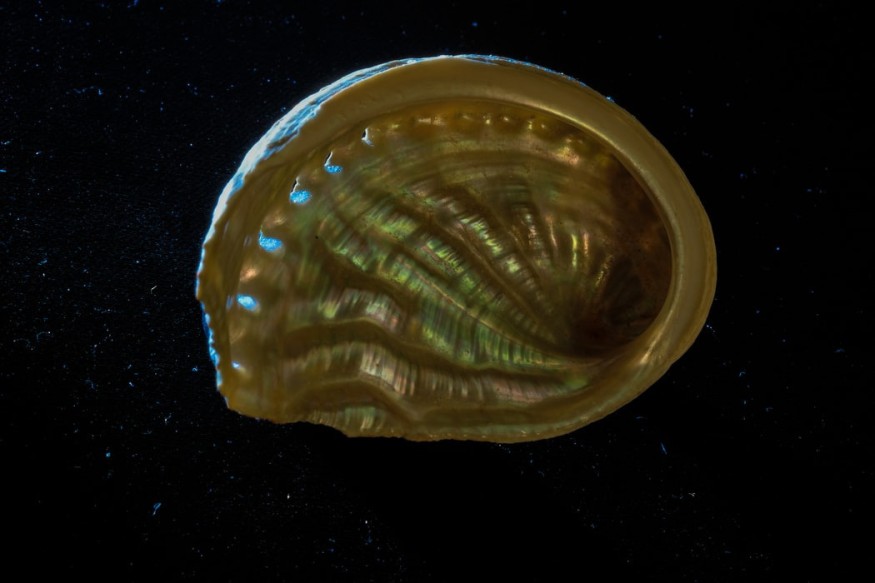The term mother of pearl usually refers to the nacre that coats a pearl, according to The Pearl Source. It is formed from a mixture of minerals secreted by oysters and various pearl mollusks as a defense mechanism against irritants.
Additionally, Laguna Pearl added that the mother of pearl is the iridescent substance that is often used to make unique pieces of jewelry, instrument inlays, and other decorative flourishes. People sometimes confuse the mother of pearl with the pearl itself but they are different from each other.
Scientists have also admired the nacre for decades because of its beauty and optical properties that make it exceptionally tough.
University of Wisconsin-Madison physics professor Pupa Gilbert said that nacre is one of the most-studied natural biominerals that can be 3,000 ties more resistant to fracture than aragonite, the same mineral it is made from.
Due to that, it has caught the attention and piqued the interests of material scientists because making materials that are greater than the sum of their parts is remarkably amazing.

Non-Destructive Way of Investigating the Structure of the Mother of Pearl
Researchers from the University of Wisconsin have developed a new and nondestructive optical technology that will unlock the mysteries of the nacre and hopefully discover new things about the history of climate in the process.
UW-Madison electrical engineering professor Mikhail Kats, professor Gilbert, their students, and collaborators have described this new non-destructive optical technique as the hyperspectral interference tomography in their study, entitled "Hyperspectral interference tomography of nacre" in the journal Proceedings of the National Academy of Sciences.
Phys.org reported that researchers had found out about how nacre forms, orders, resist fracture, and the way its layering structure remembers the temperature when it was formed. Its iridescent properties depend on its thickness which interests scientists in finding a way to assess its layer's thickness without destroying the mollusk shell it is in.
The researchers used a newer technology known as hyperspectral photography to photograph the entire spectrum of the abalone shell as it is challenging to conduct optical analysis on the shell using the usual method of taking optical spectra.
"It's an imaging spectrometer where each pixel in the image gives a full spectrum," says Jad Salman, an expert who is studying op[tical phenomena. "When we use the camera in our setup, we can easily extract reliable spectral data over the large, uneven surface of a shell in one shot."
The team also used a nacre of paua shell, also called rainbow abalone, from New Zealand. Salman used the hyperspectral data from his sophisticated modeling software to determine the thickness of the nacre layers of the shell pixel by pixel.
Thickness of Nacre Thins as it Ages
Researchers said that understanding nacre should be a combination of techniques, like hyperspectral interference tomography. They hope that this will also be used in measuring other transparent, layered structures in animals, geological samples, plants, and synthetic materials.
According to the press release of the University of Wisconsin. The technique revealed that the thickness of nacre layers in red abalone thins as the mollusk ages.
The team believes that this finding might help analyze fossil mollusk shells to study climate history because the thickness of the nacre records the temperature of seawater when it was formed.
RELATED ARTICLE : New Optical Coatings Reflect and Transmit Colors of Impressive Purity
Check out more news and information on Materials Science in Science Times.
© 2025 ScienceTimes.com All rights reserved. Do not reproduce without permission. The window to the world of Science Times.












